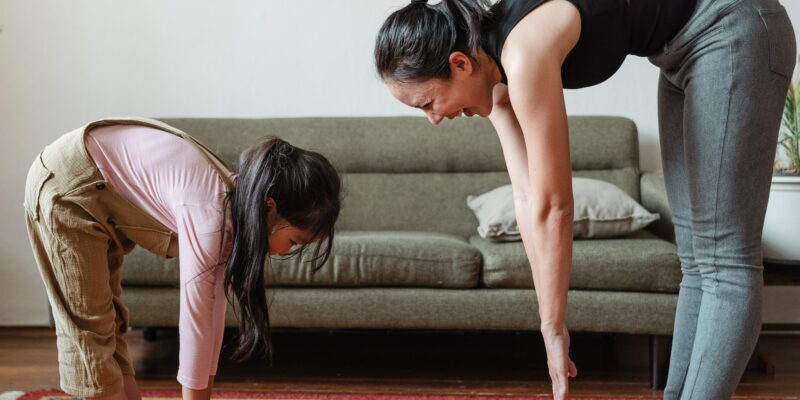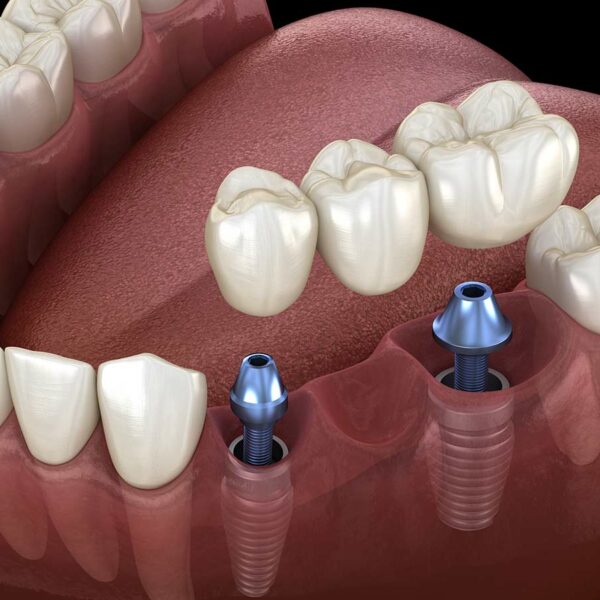
There are many myths and half-truths surrounding sports and fitness. Whether on TikTok or YouTube – with the flood of fitness advice, experience reports and “hacks,” it’s often hard to tell what’s real and what’s just nonsense.
Start your fitness journey right by distinguishing false claims from the truth. FitRated conducted a survey and asked 1,000 Americans about common fitness myths. From the importance of stretching before a workout to sore muscles after a workout, it became clear that many people have misconceptions about fitness, nutrition and health trends.
Here are some of the most common fitness myths you may have been making:
1. Pre- and post-workout snacks
There are several myths surrounding exercise and eating habits. Some say that eating protein before a workout improves performance, while others claim that you burn more calories when you work out without eating.
Although consuming protein provides energy, snacking before and after a 30-minute workout isn’t necessary. If you ate something earlier in the day, that’s probably enough. With a snack, you risk taking in more calories, which can lead to weight gain or a plateau.
The food your body needs depends on your routine and fitness goals. It’s best to consult a nutritionist or doctor to help you take better care of your body. He or she can create a personalized nutrition plan to help you maintain your body and reach your goals.
2. Stretching before training
This myth is partially true. However, you should do the proper stretching exercises to avoid injury. If your stretching routine only includes reaching toes and other simple stretches, there’s a high chance of injury. Basic stretches are considered static and will only lead to overuse of the muscle.
In most cases, these stretches won’t affect your upcoming exercise program. You can warm up by performing dynamic stretches that are related to the exercises you plan to do, as well as light endurance training.
These stretches can maintain or improve your range of motion. Light endurance training gets your blood pumping and prepares you for your exercise program.
3. Spot training works
Are you a firm believer in spot training? We’re here to debunk it. Certain workout routines claim to target specific areas of the body, such as the legs, core, or arms. Spot workouts may help build muscle, but they won’t make significant changes.
Focusing on specific areas instead of the entire body is also not conducive to overall wellness. It may even discourage you from continuing if you don’t see improvements.
Avoid this myth by focusing on your whole body. Not only will this lead to better overall results, but it’ll also promote weight loss and strengthen muscles.
5. Longer workouts are better
Longer and more intense workouts don’t always equate to better results. Lifting weights for hours and using a treadmill can lead to injury or muscle strain. You may not even realize that your form is off.
You’ll get better results if you break your fitness program into three parts: Resistance training, movement training and endurance training. This way you can work all muscle groups.
5. No pain = no gain
There’s long been a belief that the more pain you experience, the more effective a workout will be. However, pain shouldn’t be a measure of the effectiveness of a workout. Sometimes it’s a sign of a muscle tear or delayed onset muscle soreness (DOMS).
Repetitive exercise routines can worsen and lead to a more serious injury. If you suffer from DOMS, the discomfort can last up to 48 hours. If you don’t give your body the time it needs to adjust, you may need medical attention to treat the pain.
6. Morning workout equals better metabolism
If other people want you to believe that morning workouts are better because they boost your energy and make you more alert, they’re wrong. An exercise program at any time of the day offers the same benefits.
Studies have shown that if you aren’t a morning person and force yourself to wake up early, it’ll affect your daily rhythm. This messes with your metabolism and can leave you feeling sluggish and tired for the rest of the day.
7. Detoxing helps with weight loss
This is another fitness myth you may be following. The detox trend has led to numerous juice cures hitting the market. Relying solely on juices and eliminating solid foods from your diet will drastically affect your metabolism in the long run.
It’s best to create an individualized diet plan based on your body’s needs and your fitness goals. Detoxing can cause your body to become dependent on your body fat or cause your weight to plateau.
8. Abdominal exercises lead to a six-pack
No, abdominal exercises alone won’t lead to a shapely stomach that you’re aiming for. It’s best to combine your fitness program with a proper nutrition plan that’s geared towards developing your abdomen. For a balanced fitness program, you should also include endurance training.
9. More sweat equals more calories burned
Your sweat is probably dripping when you work out, but that doesn’t equate to the number of pounds you lose. There are other factors to consider, such as the environment in which you work out.
Sweat means that your body is regulating its temperature. Although this is a sign that your body is burning calories, you’ll stop sweating as your workout progresses. If you try to sweat more, it can lead to fatigue and injury.
10. Exercising less than an hour doesn’t help
When it comes to exercise, consistency is key. Working out efficiently and regularly will help you achieve your fitness goals. As mentioned earlier, longer workouts don’t always equate to better results. Even if you only invest 20 minutes a day, you’ll notice a significant improvement in your body.
11. Older adults shouldn’t lift weights
There’s also a belief that when you get older, you can’t lift heavy things because you don’t have the strength anymore. However, this belief is completely false.
According to Harvard Health, resistance training and weight lifting promote bone growth and slow bone loss in older adults. To be safe, do it under the supervision of a personal trainer.
12. Exercise drives away bad eating habits
There’s no truth to this myth, according to New York personal trainer Maik Weidenbach. You cannot get rid of your bad eating habits by exercising. What you eat and when you eat usually determines your physical appearance. To achieve your fitness goals, you need to watch your calorie intake.
Most people overestimate the calories they burn each time they exercise. It’s best to list your fitness goals and know what diet is best for you.
13. Running on a treadmill is better for your joints
There’s a myth circulating that running on the sidewalk is more damaging to the joints than running on a treadmill. However, the pain afterthe workout is usually due to your weight and not the surface you’re running on.
The best way to protect your joints from the effects of running is to vary your cardio workout program. You can swim or bike to protect your joints.
14. It’s too late to start a fitness routine
Even if you didn’t have an exercise program when you were younger, that shouldn’t stop you from starting one as you get older. A study in the BMJ Journal shows that “physical activity is medicine for older adults.” However, before you engage in physical activity, consult your doctor.
Eliminate fitness myths from your routine
Get the most out of your fitness routine. Professionals or personal sneakers can help you develop a better meal plan and fitness program. Achieve your fitness goals, one at a time!












